In every refrigerator, there lurks a culinary opportunity that most households overlook – the humble expiring milk carton. Rather than pouring it down the drain when the "best before" date approaches, consider transforming it into something extraordinary. Across cultures, resourceful cooks have long practiced the art of salvaging perishable ingredients, and milk is no exception. The alchemy of turning near-spoiled dairy into fresh homemade cheese isn't just practical – it's a revelation in sustainable kitchen practices.
The science behind this transformation is as fascinating as the result. As milk approaches its expiration, lactic acid bacteria naturally present in the dairy begin breaking down lactose. This acidification process, far from rendering the milk useless, actually prepares it perfectly for cheese-making. The proteins (casein) in the milk become more susceptible to coagulation when exposed to heat and additional acid. This biological process mirrors traditional cheese production methods, just accelerated by milk's natural aging.
To begin your cheese-making adventure, pour the expiring milk into a heavy-bottomed saucepan. The quantity isn't crucial – this method works equally well with half a liter or three. Slowly heat the milk to just below boiling, around 85-90°C (185-195°F), stirring occasionally to prevent scorching. You'll notice the milk developing a frothy surface as it heats – this is the first visual cue that the transformation has begun. The gentle heating kills any potentially harmful bacteria while preserving the milk proteins we want to capture.
At this stage, the magic happens with the introduction of an acidifying agent. Lemon juice or white vinegar work beautifully, adding just enough acidity to complete the protein separation. Add one tablespoon of your chosen acid per liter of milk, stirring gently. Almost immediately, the milk will begin to curdle, with white curds separating from the pale yellow whey. This dramatic change never fails to delight first-time cheese makers – it's kitchen chemistry in action.
Remove the pan from heat and let it sit undisturbed for 10-15 minutes. This resting period allows complete separation of curds and whey. Meanwhile, prepare your straining setup. A colander lined with cheesecloth or a clean cotton kitchen towel works perfectly. The beauty of this method lies in its simplicity – no special equipment required. Pour the mixture through the cloth, watching as the golden whey drains away, leaving behind the precious curds that will become your cheese.
The draining time determines your cheese's final texture. For a creamy spreadable cheese similar to ricotta, 30 minutes of draining suffices. Those preferring a firmer consistency akin to paneer should let it drain for 2-3 hours, possibly with light weight on top to press out additional moisture. The collected whey shouldn't be discarded – it makes an excellent base for bread dough or adds nutrition to soups and smoothies.
Seasoning your homemade cheese unleashes its full potential. A pinch of sea salt transforms the flavor profile dramatically. For aromatic depth, mix in fresh herbs, crushed garlic, or citrus zest while the cheese is still warm. Adventurous cooks might experiment with spices like smoked paprika or cumin seeds. The result surpasses anything available in supermarket dairy aisles – a fresh, preservative-free cheese with character and depth.
This boiled filtration method yields a versatile product with countless applications. Crumble it over salads for protein-rich topping, spread it on crusty bread with a drizzle of honey, or incorporate it into pasta dishes for creamy richness. In Indian cuisine, the firm version (paneer) stars in iconic dishes like saag paneer. Italian-inspired meals benefit from the softer version substituted for ricotta in lasagna or stuffed shells.
Beyond the practical benefits, this process offers profound lessons in food appreciation. Watching liquid milk transform into solid cheese builds respect for traditional food preservation techniques. It demonstrates how perceived limitations (expiring milk) can become opportunities (fresh cheese). In an era of food waste awareness, mastering such skills feels increasingly vital.
Nutritionally, homemade cheese from expiring milk retains all the original milk's calcium and protein while reducing lactose content – beneficial for those with mild sensitivities. The controlled preparation ensures no unwanted additives, unlike commercial products containing stabilizers and preservatives. Food safety concerns are mitigated by the boiling process, making the final product safe for consumption despite the milk's advanced age.
Experienced practitioners develop an intuition for the process – recognizing when milk has reached the ideal acidity for cheese-making by its slight thickening and tangy aroma. Some maintain ongoing cultures by reserving a portion of whey to inoculate the next batch, creating a signature house flavor over time. This continuous method echoes ancient cheese-making traditions where starters were passed between generations.
Environmental impact reduction provides another compelling reason to adopt this practice. The average household wastes significant amounts of milk annually. Converting even half of what would be discarded into usable cheese dramatically cuts food waste. The process requires minimal energy compared to industrial cheese production, and no additional packaging beyond what the milk originally came in.
For those concerned about potential bitterness sometimes present in cheese made from older milk, a simple trick exists. Soaking the finished cheese in cold water for 30 minutes draws out any harsh flavors, leaving only mild creaminess. This step proves particularly useful when working with milk that's several days past its prime.
The boiled filtration method adapts beautifully to different milk types. Whole milk produces richest results, but reduced-fat versions work adequately. Even plant-based milks like soy or almond can undergo similar transformations with adjusted acid quantities, though the texture and yield will vary. This adaptability makes the technique accessible to virtually every household, regardless of dietary preferences.
Advanced practitioners might experiment with aging their creations. While fresh cheese is meant for immediate consumption, lightly salting and air-drying small batches creates a more complex product. Wrapping the cheese in cheesecloth and refrigerating it for several days allows controlled dehydration, intensifying flavors. Though not comparable to aged hard cheeses, this method yields something between fresh cheese and feta in character.
Children particularly delight in witnessing the milk-to-cheese transformation, making this an excellent educational kitchen project. The clear visual changes demonstrate basic scientific principles while teaching valuable life skills. Many professional cheesemakers trace their passion to such childhood experiences with simple home cheese preparation.
Ultimately, this technique represents more than just thriftiness. It's a reconnection with fundamental food wisdom our grandparents understood instinctively – that most ingredients have multiple lives if we understand how to guide their transformations. In an age of rampant consumerism and food waste, such knowledge feels revolutionary. The next time you notice that milk carton nearing its date, see not an impending problem but a delicious opportunity waiting to be unlocked through boiling and filtration.
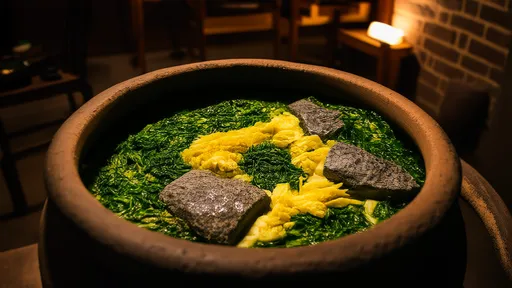
By /Jul 31, 2025

By /Jul 31, 2025
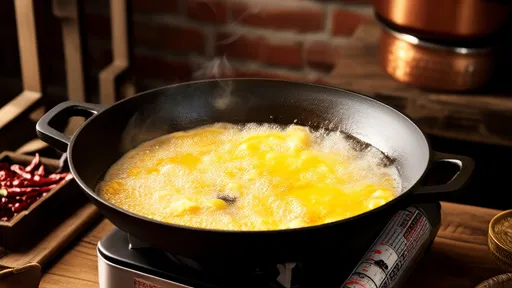
By /Jul 31, 2025

By /Jul 31, 2025
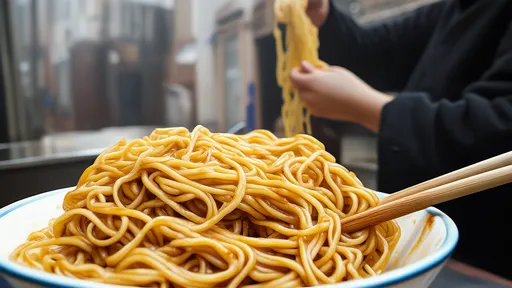
By /Jul 31, 2025

By /Jul 31, 2025
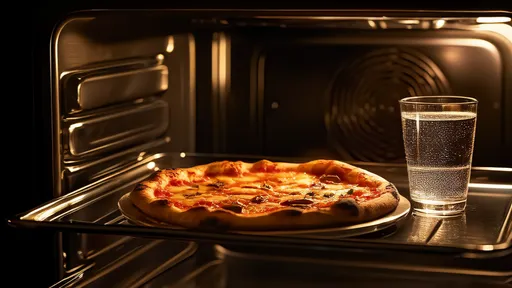
By /Jul 31, 2025
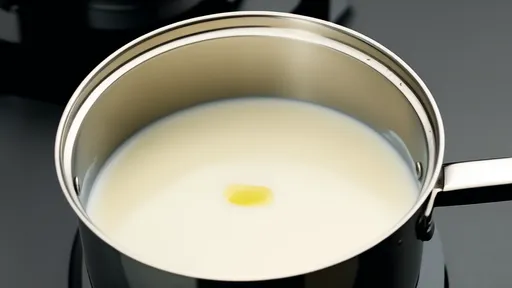
By /Jul 31, 2025
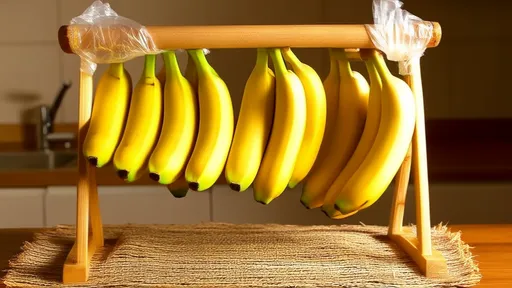
By /Jul 31, 2025

By /Jul 31, 2025

By /Jul 31, 2025
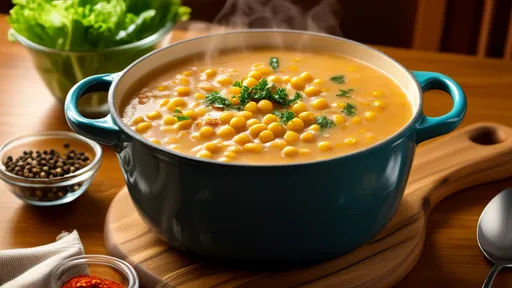
By /Jul 31, 2025
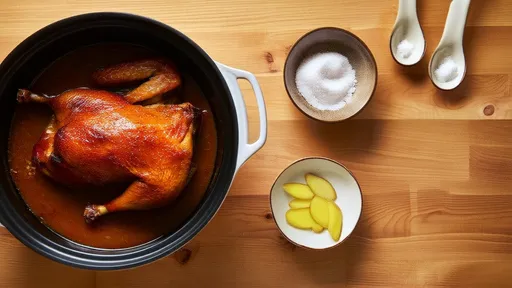
By /Jul 31, 2025

By /Jul 31, 2025
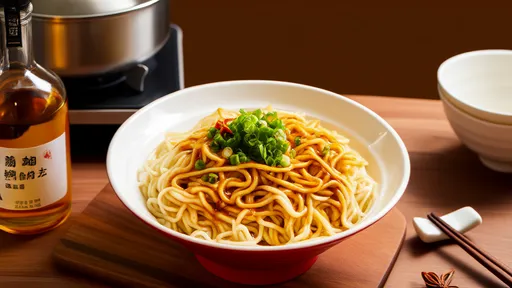
By /Jul 31, 2025
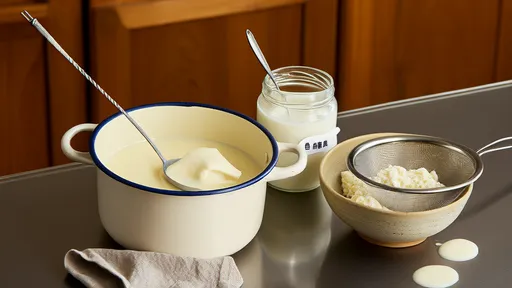
By /Jul 31, 2025
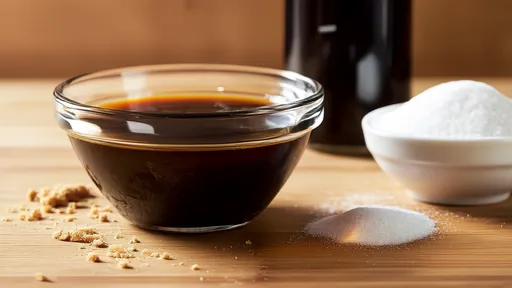
By /Jul 31, 2025
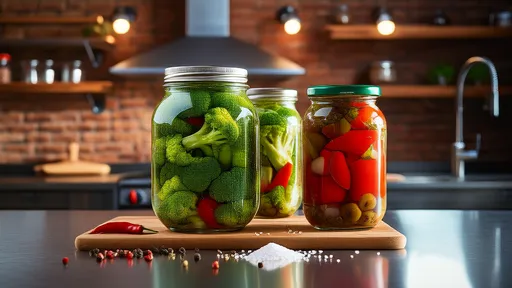
By /Jul 31, 2025

By /Jul 31, 2025

By /Jul 31, 2025